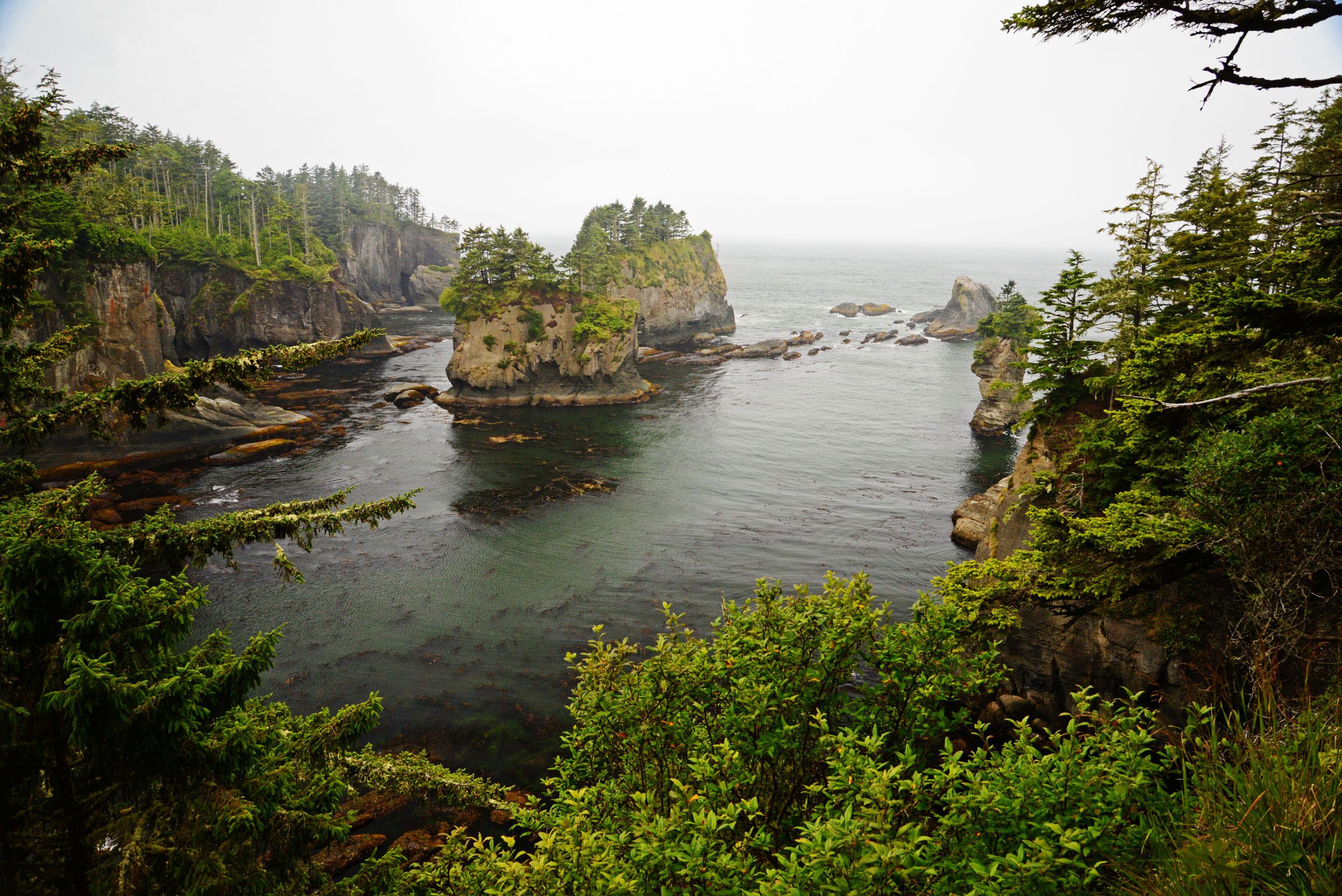The Washington Department of Ecology is updating the Snohomish Basin (formerly WRIA 7) Geographic Response Plan (GRP). An important part of the update process is hearing from the people who live, work, and play in the GRP area. To facilitate this, a public comment period was open from September 14 to October 14, 2022. Ecology received no comments.
Description of the Planning Area
The Snohomish Basin, also known as Water Resource Inventory Area 7 (WRIA 7), consists of three main river systems and numerous tributaries. The headwaters of the Skykomish River and Snoqualmie River form in the mountains of the Cascade Range. These rivers flow west and converge to form the Snohomish River in the floodplains of the Snohomish Basin. The Basin drains 1,900 square miles from the west crest of the Cascade Range to Puget Sound near Everett, Washington. There are 2,718 miles of rivers and stream in the Basin. It is the second largest basin draining into Puget Sound.
The Snohomish Basin includes the northeastern portion of King County and the south-central portion of Snohomish County. The Basin is located north and east of the Seattle metropolitan area. The North Central Puget Sound GRP neighbors the Snohomish Basin GRP to the west and north.
What are Geographic Response Plans?
GRPs are used to guide early response actions in the event of an oil spill. Ecology develops and updates GRPs in collaboration with state, local and federal agencies and tribes. Each GRP is written for a specific area (for example a river, a lake, or section of Puget Sound), and includes tactical response strategies tailored to a particular shore or waterway at risk of injury from oil.
GRPs have two main objectives:
- Identify sensitive natural, cultural or significant economic resources at risk of injury from oil spills.
- Describe and prioritize response strategies in an effort to reduce injury to sensitive natural, cultural, and certain economic resources at risk from oil spills.
The Washington Legislature requires additional planning relating to oils that may not remain floating on the surface, termed non-floating oils (NFOs), in order to maintain the state’s preparedness. This draft GRP contains updates relating to NFOs in the Non-Floating Oil Response Options and Resources at Risk sections of the GRP.
More Information
• Learn more about GRPs.
• See GRPs for Washington State.
Project Lead
Nora Haider
Oil Spill Preparedness Planner
nora.haider@ecy.wa.gov
425-247-6588
